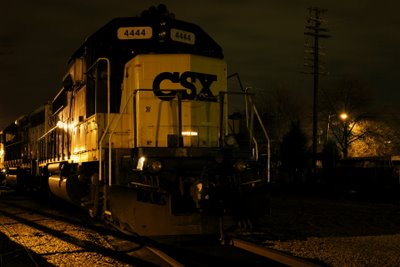
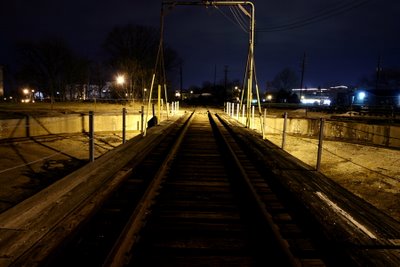
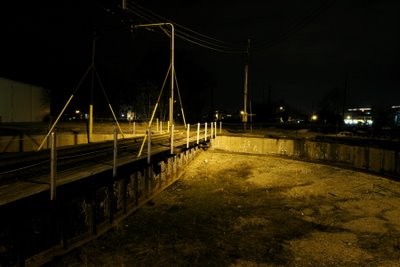 I’m not sure what this is. It is at the end of the tracks above Peace St., and looks to be some sort of bridge over a cylindrical pit. It was kind of eerie.
I’m not sure what this is. It is at the end of the tracks above Peace St., and looks to be some sort of bridge over a cylindrical pit. It was kind of eerie.
Several times I’ve driven down Peace St. and wondered what exactly the CSX engines were doing on the bridge near the Archdale building. This past weekend after going to the Oakwood dog park, I decided to find out after spotting it again. What surprised me the most was that there were only two engines on the tracks, and nothing else. The engine was idling, and the sound was really interesting. It was futuristic sounding, and a blowing off of air every now and then. Very menacing sounding, but also remarkably silent considering the power behind them.
Today, while driving my gas guzzler Toyota Solara and listening to NPR, I heard something interesting.
Trains can move a ton of freight 423 miles on a single gallon of fuel.
This, in my opinion, is truly remarkable. Hearing it (an advertisement for CSX) made me remember the pics I took of two of their engines, so I decided to use them and offer my praise.
The CSX web site goes on to say that
Moving freight by rail is three times more fuel efficient than other over-the-road alternatives. … Since 1980, through technology and innovation, the railroad industry has improved locomotive fuel effieiency by around 80%. In 2006 alone, U.S. freight railroads consumed 3.3 billion fewer gallons of diesel fuel and emitted 37 million tons of carbon dioxide less than they would have if their fuel efficiency had remained constant since 1980. … According to the EPA, freight railroads account for just 2% of U.S. greenhouse gas emissions from transportation sources and well under 1% of greenhouse gas emissions from all sources.
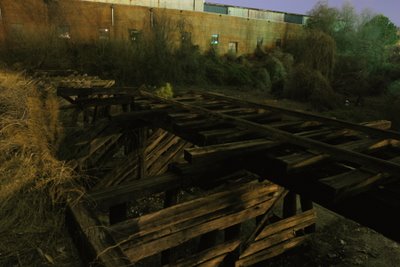
 If you are not a new reader of this blog, you may have noticed that I have a fondness for railroad related items. Raleigh has a rich history with railroading, and it shows in some of the artifacts around town.
If you are not a new reader of this blog, you may have noticed that I have a fondness for railroad related items. Raleigh has a rich history with railroading, and it shows in some of the artifacts around town.
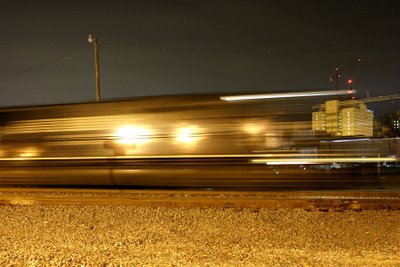

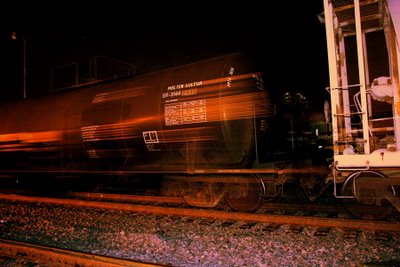



 Sign up for the Newsletter
Sign up for the Newsletter